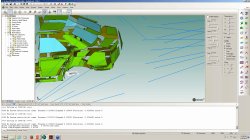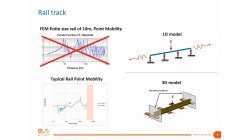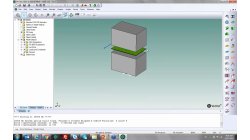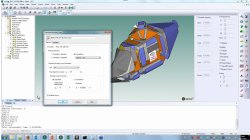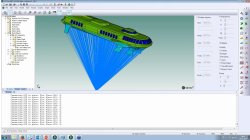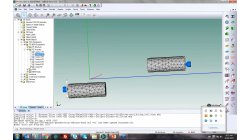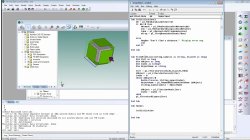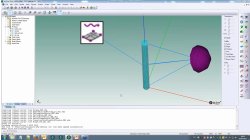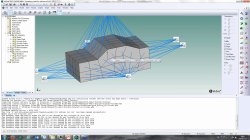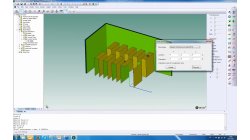- Home
- Resources
- Webinars
Webinars
Learn more about ESI products, solutions and services.
Click HERE to view upcoming webinars. (Corporate Website).
How can I build predictive high frequency automotive interior noise models
Vehicle interior noise is an important design aspect that is directly related to customer satisfaction. Accurate high frequency models are required to optimise the specification of noise control treatments in terms of cost, weight and noise effectiveness. VA One is the de facto standard for this typ...
Vibro-Acoustics
How can I model interior noise in trains taking into account rail to wheel excitation?
Interior noise in rail passenger compartments is an important design consideration that directly relates to passenger satisfaction and driver safety. Our engineers will demonstrate how VA One can model passenger and engine compartments, taking into account complex floating floor sections comprised o...
Vibro-Acoustics
How can I model thin and thick plate composites in VA One
VA One, the full-spectrum vibro-acoustic simulation software from ESI integrates deterministic and statistical vibro-acoustic analysis methods. This makes VA One the unique solution for vibro-acoustic simulation that covers the entire frequency range.
Vibro-Acoustics
How can I model interior noise in Aircraft or Helicopter fuselage
Prediction of Interior noise level within an aircraft fuselage, arising from both induced flow and mechanical sources are an important aspect of aircraft design. Let ESI VA engineers show you how vibro acoustic models can be quickly created from differing cabin layouts, predicting levels of interio...
Vibro-Acoustics
How can I model underwater radiation
Underwater radiation is fast becoming an important aspect of marine design due to pressure from the environmental lobby to introduce legislation aimed at protecting both the marine environment and marine ecology. This webinar will demonstrate how VA One can be used to predict underwater radiation fr...
Vibro-Acoustics
How can I model Muffler radiation taking into account flow and thermal effects
Ducts and mufflers come into contact with gases that flow through from source to the open environment. This flow exhibits a mean flow component and an acoustic pressure component which results in convected acoustic wave propagation. See how VA One working with an embedded OpenFOAM CFD solver can...
Vibro-Acoustics
How do I create automation scripts to increase effectiveness of noise simulation
As noise engineering moves from highly specialized acoustic simulation groups to engineering development functions, there comes a need to have access to automation tools that can be deployed by designers who need answers quickly. The use of automated tools to obtain these results is necessary in des...
Vibro-Acoustics
How do I use CFD time histories to perform vibro acoustic analysis
Flow induced noise is a major contributor to both interior noise and environmental noise, from fans and ducts, in transportation. Currently, flow induced noise engineering is performed using methods like physical test wind tunnels and noise laboratories, which are both costly and time consuming....
Vibro-Acoustics
How do I perform vibro-acoustic design at high frequency using SEA
In many cases acoustic engineering is performed at the prototype stage in industrial structures, which results in expensive rework and cost to meet noise targets. Simulation deployed early in the design cycle can contribute to a ‘get it right first time’ approach removing the need for post prototype...
Vibro-Acoustics
How can I estimate the Speech Transmissibility Index
Speech clarity is regarded as a strategic product differentiator by manufacturers in markets where a high quality of experience is desired and noise is of specific importance. During this webinar, we demonstrate the Speech Clarity Module of VA One. This module provides VA One users with a hybrid...
Vibro-Acoustics
Pagination
